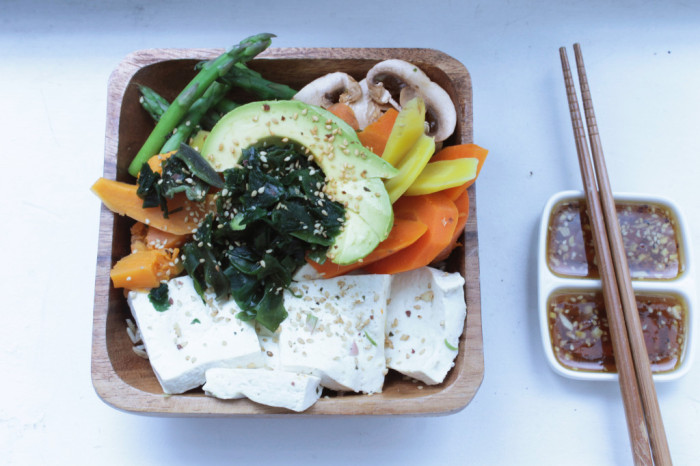It began shortly before my senior year of college. Wrapped in a towel, I stood in front of a mirror in the dormitory bathroom and yanked out my first gray hair (or three). It had been a long summer, and I was dying for classes to start. For the past three months, I’d living on a mostly deserted campus, struggling to find peace in a hopeless romance—which was ending around the time I made my discovery in the bathroom.
There was something almost poetic about getting gray hairs after calling off that relationship. The gentleman in question, a kind but scattered guy with an elfin kind of handsomeness, had many a silver hair despite being under the drinking age. He half-jokingly told me they were courtesy his last love, who drove him crazy in all the good and bad ways a girl can.
All spring, I’d quietly sensed I could never give him grays. Not that I wanted to stress anyone out—but still, I felt that if I were to walk away, find another fellow, and move on, he’d be none the lovelorn. Certainly I wasn’t my happiest—was this manifesting in my hair?
Not likely. Though Marie Antoinette’s lovely locks are said to have turned white overnight after being imprisoned, such hair changes are unlikely in reality. While we often point our fingers at stress, nutrition and genes play a much larger role in graying hair. As it turns out, gray hair is caused by the gradual decrease in catalase—an enzyme produced by the body to breakdown hydrogen peroxide (which is also produced naturally in the body and serves to fight bacteria). Without sufficient catalase, unchecked hydrogen peroxide interferes with the production of melanin—the substance responsible for the pigment in our hair. While this process naturally occurs with age, when it starts will depend on your genetic makeup.
Alternatively, graying may be caused by preventable conditions. In particular, a deficiency in vitamin B12 and/or iodine may contribute to aging strands, which is why it’s important to supplement properly and make sure you’re getting enough foods rich in vitamin B12 (like nutritional yeast) and iodine (sea vegetables).

Try our Earth and Sea Buddha Bowl for a nutritious serving of sea vegetables.

Sprinkle nutritional yeast on your salad or stove-popped popcorn for a dose of vitamin B12.
If you’ve got your nutritional bases covered, and you’re in good health, it’s just a matter of accepting this change and understanding that it’s not necessarily bad. I’m still working on this, of course—although I’ve long since left Mr. Silver behind, I still see a few gray hairs when I get up close and personal with the mirror. Sometimes I pull them, sometimes I let them go.
Although I’ve never colored my hair before, I’m not ruling the option out once my hair starts to noticeably change. My mom, whose thick, straight hair I’ve inherited, has experimented with coloring her hair completely and going au natural, which mean about 50% gray, 50% almost-black brown (another color my hair is heading towards as I age). Although I like both looks on her, I think I favor her natural salt and pepper—the silver sections seem particularly glossy. I’ll see how I feel when I get there myself.
Also in Hair: 3 Conditioning Vegan Hair Masks
How Water Can Damage Your Hair
Spring Beauty: Messy Ballet Bun Tutorial
__
Photos: Lulu Lovering via Flickr, Peaceful Dumpling, Mary Hood

